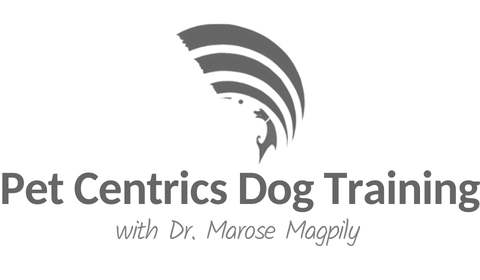Are you expecting a new puppy to enter your life soon? Puppy-proofing is something you need to do long before you welcome your new furry family member into your home. Having prevented your furniture and favorite footwear from getting chewed up, you will spare yourself from a lot of grief and stress in the first few months of life with your new puppy.
Here’s what should be on your To-Do list to make sure your home is ready to take on a playful and rambunctious little pup:
1. Buy some important puppy-proofing equipment:
- An exercise pen and/or baby gates: While he is still learning, your puppy should not be allowed free and unsupervised access to many areas of the house. So an exercise pen and baby gates are important for creating boundaries around your home.
- A crate: For your puppy to rest and sleep in. Remember, you should only crate a puppy if he has been given the opportunity to poop or pee, if he has been exercised and if he is provided with durable chewtoys inside his crate to keep him busy while confined. For more on Crate Training click HERE.
- A leash and collar: As your puppy is moving around the house, there will be times where you need to have him on a leash and collar so as to be able to control him when he starts getting into mischief. Occasionally, you will also tether the puppy to yourself so that he isn’t more than a few feet away even when you momentarily get preoccupied with something else.
- Lots of chewtoys: Puppies NEED to chew stuff. As an alternative to chewing your sofa, slippers or shoes, durable chewtoys and interactive toys that you can stuff with food are excellent for satisfying your puppy’s need to gnaw and chew things.
2. Designate a Long-Term Confinement Area or Play Area and a Potty Area somewhere in your home:
A Long-Term Confinement Area is where your puppy will hangout when no one is around to supervise him. It should be escape-proof and should securely confine the puppy, and should also be free of No-No items (items that the puppy shouldn’t chew). This can also double as a Play Area where you will play, train and otherwise interact with your puppy. You can set up additional long-term confinement and play areas around the house if you have the space for it. In case of a necessary time-out, for instance, when your puppy is getting nippy or overly aroused, you can immediately exit the area and leave your puppy to contemplate his bad manners. Since he’s confined, you can be sure that your puppy won’t get into trouble chewing or destroying something when you leave him for his time out.
As for your puppy’s Potty Area, this should be easily accessible and frequently cleaned as soon as your puppy does his business. While your puppy is still learning his potty routine, schedule and supervise your puppy’s trips to the potty area. For more on Potty Training your puppy, click HERE.
3. Put away all No-No items that you know will be tempting and dangerous for the puppy to chew:
Once in a while, you should allow your puppy to explore your home beyond the confines of his confinement areas. However, before you do that, make sure you put away or block access to all the things that your puppy can get into in a split second, and that might be tempting and dangerous to chew or ingest. Small items like certain children’s toys (marbles, figurines, jackstones, etc.) or office materials like pushpins or paperclips, that can be swallowed should be cleared off the floor and out of reach. Electrical cords and sockets should be made inaccessible. Dangling fabrics like tablecloths or curtains may also be folded up if your puppy is especially fond of tugging at these. This can prevent things from crashing down. Think, for a moment, like a puppy and see your living space through his eyes and imagine what would draw your interest if you were a puppy.
4. Supervise your puppy whenever he is outside of his play area
Once you’ve cleared the area of No-No items, put away your own distractions as you allow your puppy access to your living spaces. That means you must put your cellphone or other devices away and be hypervigilant as you follow your puppy around while he explores the environment. Take this time to engage your puppy in a little bit of play and training so that his interest remains with you and not with things he sees around the house. Your puppy can get into trouble in but a few unsupervised seconds so don’t make the mistake of answering a phone call, texting, watching television or allowing yourself to be otherwise preoccupied while your puppy is free outside his usual confinement area. Mistakes such as chewing on items, peeing or pooping in wrong spots are self-reinforcing behaviors, meaning that the reward for the puppy is in the act itself. So prevent your puppy from engaging in these bad behaviors and be sure to reward him whenever he is calm, chewing on appropriate things, or peeing and pooping in the appropriate places.
No home can be 100% puppy-proofed, but with planning and preparation, you are much more likely to prevent your puppy from getting into trouble or hurting himself, and will more easily succeed in raising a well-mannered dog that can freely share your living space with you as he grows up and learns the rules of the house.
